As America’s sixth largest city, Phoenix, Arizona has a long list of great attractions to entertain you during your next visit. One of the fastest growing cities in the nation, Phoenix has entered the same league as other Southwestern cities like Los Angeles, Las Vegas, and Dallas/Houston as a convention center and tourist area. Check out these 51 things to do on your next visit to the Phoenix area.
Professional Sporting Events
- NFL Cardinals – from August to December
- MLB Diamondbacks – from April to September
- NBA Suns – from October to April
- WNBS Mercury – from June to September
- NHL Coyotes – from September to March
- ASU Sports via short light rail trip to Tempe – from August to April
Rock/Pop Concerts
- USAirways Center – major, national, and international acts
- Ashley Furniture Homestore Pavilion – major, national, and international acts
- Crescent Ballroom – local and regional acts
- Blue Martini Lounge – live Jazz music, dining, and cocktails
- The Rhythm Room – local and regional acts
- Copper Blues – live Blues music, dining, and cocktails
Performing Arts Centers and Events
- Phoenix Symphony – year round performances in Symphony Hall downtown
- Arizona Opera – year round performances in Symphony Hall downtown
- Ballet Arizona – year round performances in Symphony Hall downtown
- Arizona Broadway Theater – major touring Broadway and Off-Broadway productions
- ASU Gammage – theater productions through Arizona State University
- Orpheum Theatre – stage shows and Ballet Arizona
- Herberger Theater Arts Center – local, non-profit theater production company
- Carnival of Illusion – Vaudeville-style magic and theatrics
- Stand Up Live – national stand-up comedy acts

Gammage Auditorium, Arizona State University. Gammage was Frank Lloyd Wright’s last public commission.
Museums
- Phoenix Art Museum – major national and international touring exhibits
- Heard Museum – the art and cultures of Arizona’s Native American heritage
- Arizona Science Center – interactive and educational exhibits from all disciplines of science
- Sheer Art Museum – contemporary art exhibits
- Phoenix Children’s Museum – exhibits designed by and/or geared towards children
- Musical Instrument Museum – instruments of Native American and Hispanic background
- Hall of Flame – national firefighters’ museum
- Pueblo Grande – Native American museum and archeological park
Art Galleries and Events
- Artlinks First Friday – art walks on Roosevelt Row
- Arizona Latino Arts and Cultural Center – Hispanic art and artifacts
- Me the Artist – local interactive gallery
- Circle 6 Studios – gallery featuring local artists from Phoenix and ASU
Indoor/Outdoor Recreation and Adventures
- Dawn to Dusk Mountain Bike Race
- Castles ~n~ Coasters – Sky Wire
- Westworld Paintball Adventures – named Americas Best Indoor Paintball Experience!
- Scavanger Dash – an urban adventure
- Extreme Arizona – rentals for outdoor motorcycles, dune buggies, watercraft
- Hang Gliding Phoenix
- Civic Space Park – downtown municipal park
- Octane Raceway – kart racing
- McCormick-Stillman Railway Park – local theme park
- Mystery Castle – local theme park
- K1 Speed – kart racing
- Lucky Strike Lanes and Lounge – bowling at CityScape
- Phoenix Public Market – farmers market with local goods
- Dining and Shopping – CityScape
- Arcadia Ice Arena – year round ice skating and hockey
Nature and Wildlife
- Phoenix Zoo
- Desert Botanical Gardens
- Smith Mountain Park and Preserve







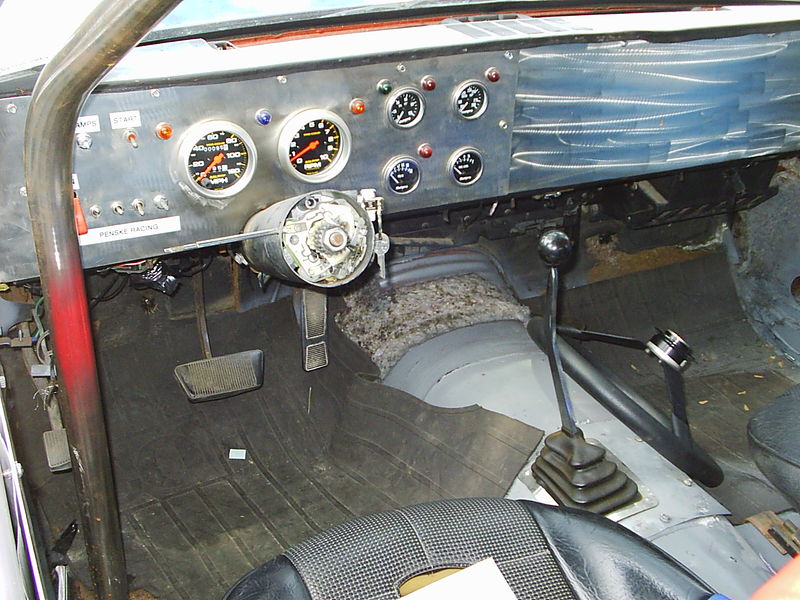
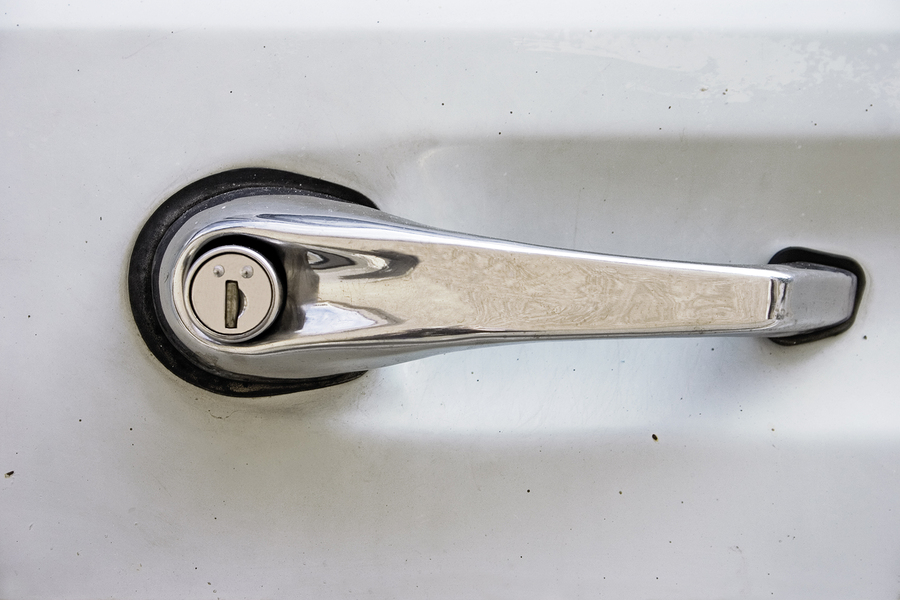
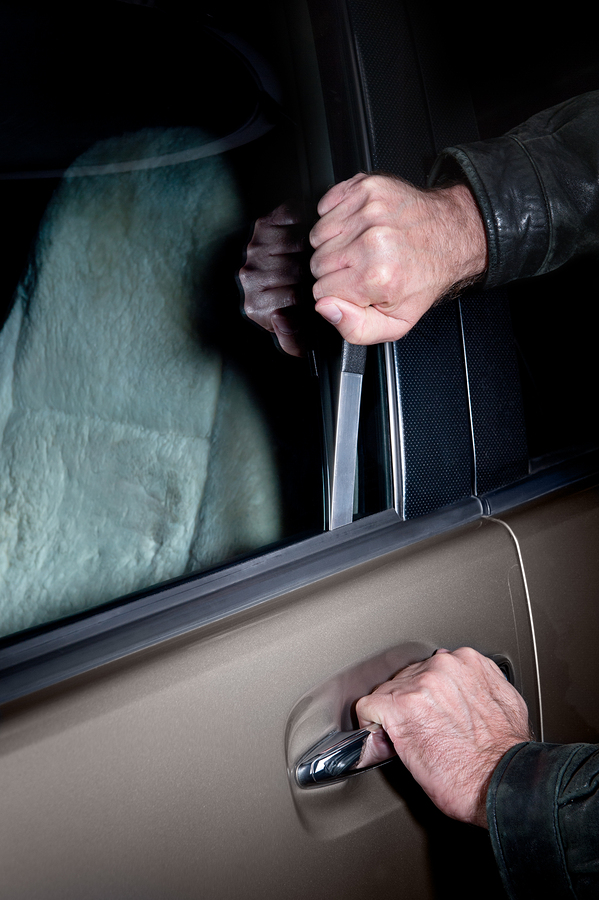
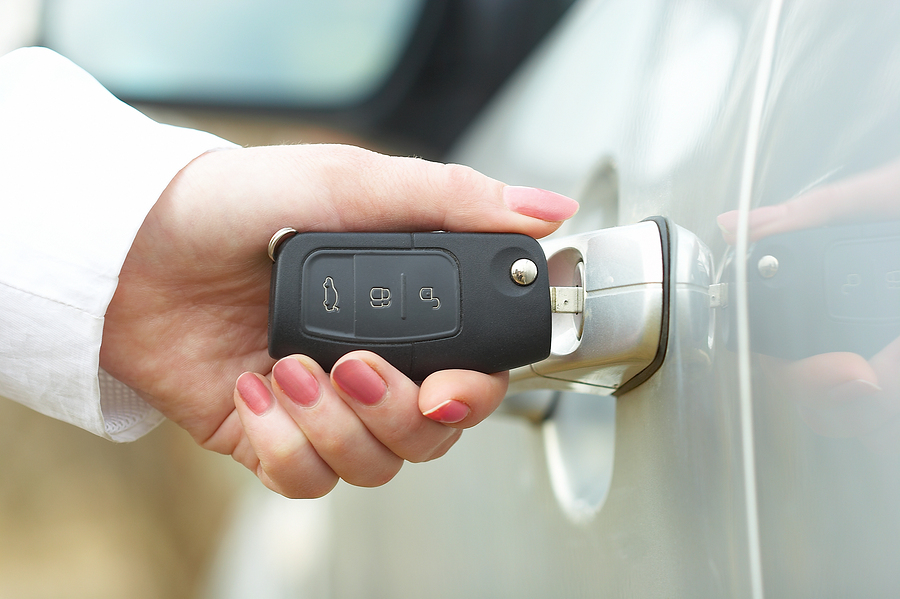
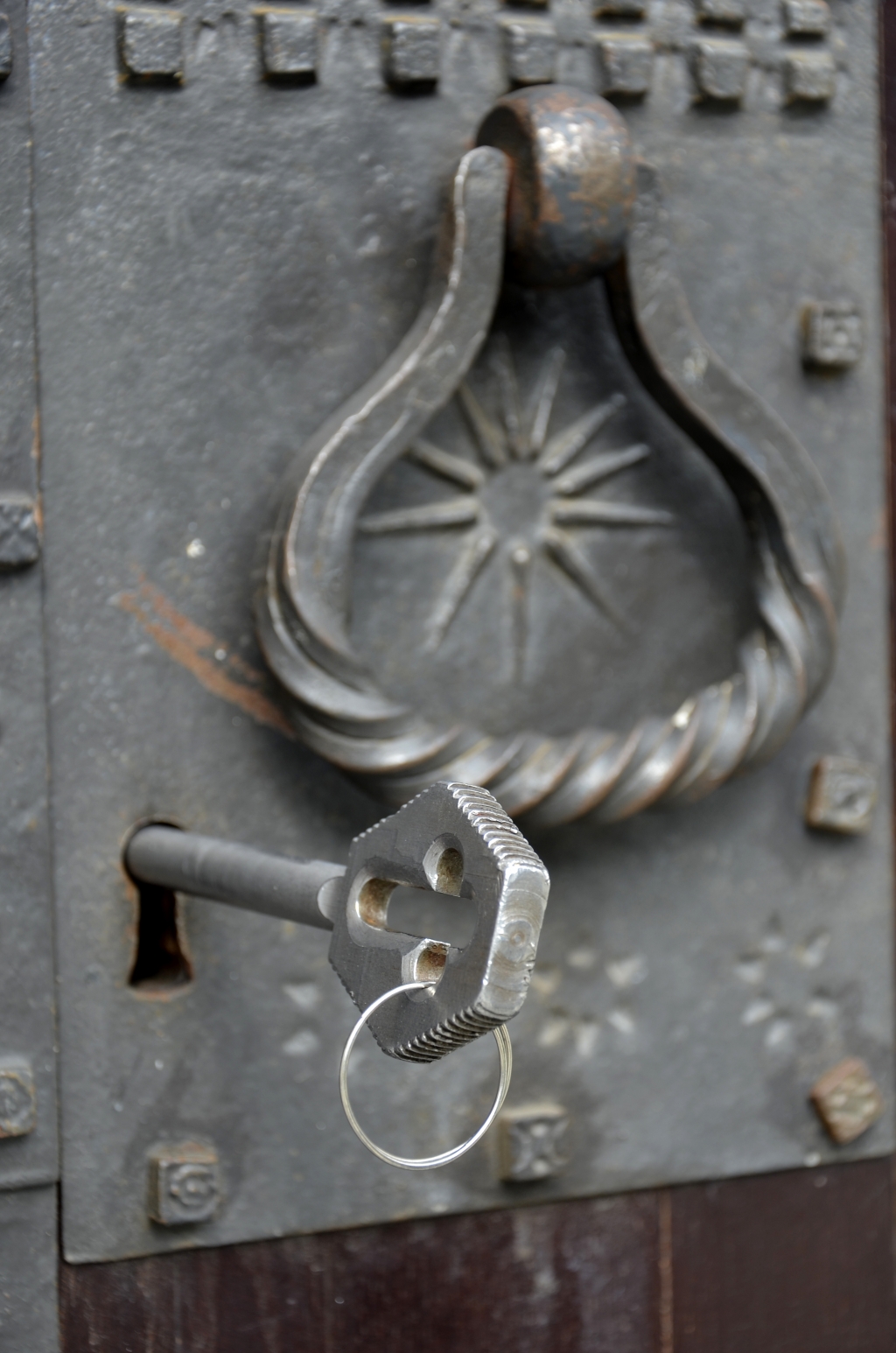

 We serve the entire Phoenix area, including
We serve the entire Phoenix area, including  We accept Cash, Checks and Major Credit Cards.
We accept Cash, Checks and Major Credit Cards.